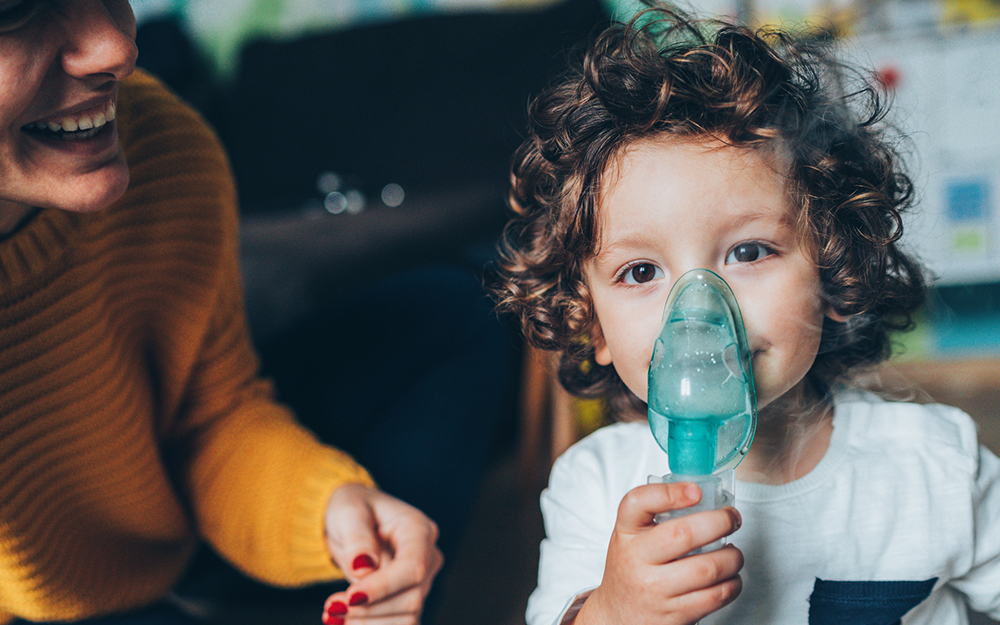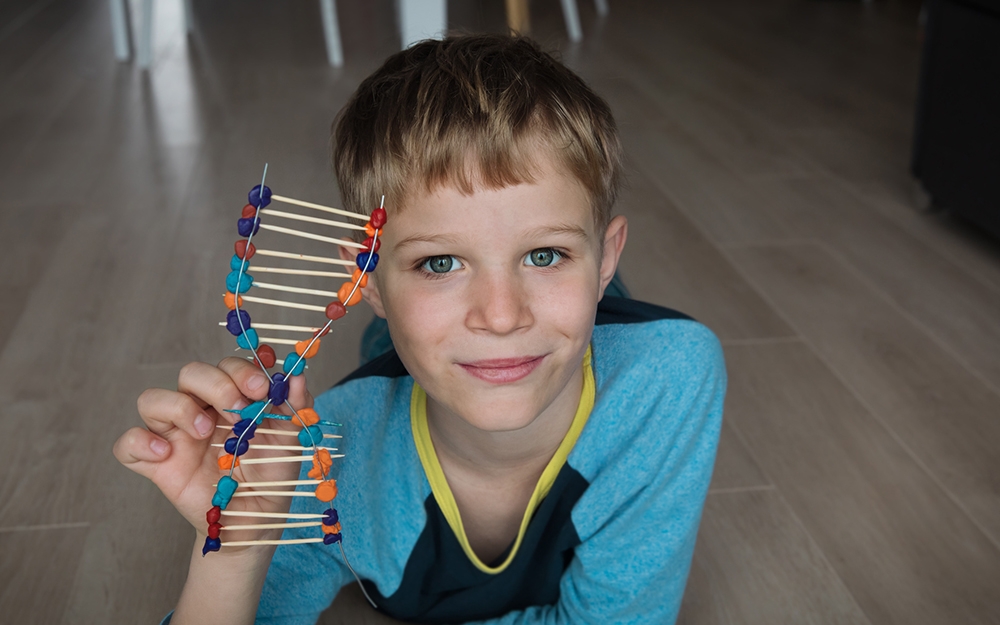How to Detect and Treat Allergies in Kids
Date
April 19, 2024

Date
April 19, 2024
Credits
Medical providers featured in this article
In Brief
{{cta-block}}
When winter thaws into spring, kids are itching to run around grassy fields and playgrounds, climb trees, and pluck wildflowers. But what if your little one comes back inside sneezing or wheezing?
Some children are genetically predisposed to developing allergies, an exaggerated immune response to the environment or foods. Whether your child has seasonal allergies to pollen or a year-round condition such as asthma, eczema or food allergies, Cedars-Sinai can provide the latest advances in allergy management. This includes evidence-backed desensitization techniques and new FDA-approved treatments for food allergies.
If a young person has allergic rhinitis or seasonal allergies, that can be a big trigger for asthma, which a lot of parents don't realize. Treating one thing can help with another."
— Dr. Shazia Lutfeali
How to Know if a Child Has Allergies
Allergy symptoms can develop anytime in a person’s life, but they often present in childhood, said Cedars-Sinai Guerin Children’s physician Shazia Lutfeali, MD.
“One theory is that children first develop eczema (skin redness and irritation) and then develop asthma; environmental allergies to pollen, dust, mold and pets; or food allergies,” she said.
Symptoms like wheezing, labored breathing and persistent coughing are signs of asthma. Environmental allergies (also known as allergic rhinitis) can cause sneezing, congestion, runny nose, coughing, and itchy, watery eyes.
As parents introduce babies to new foods, they should watch for a rash around the mouth or hives that develop on the face and neck within an hour after eating.
“If you notice a pattern every time your child eats eggs, for example, they should be evaluated for allergies,” Lutfeali said. “Parents should keep track of symptoms and the time frame in which they developed, as well as the amount of the food your child ate.”
Some children grow out of food allergies, but some food allergies get more severe with age and can potentially cause anaphylaxis, a serious reaction that can make it hard to breathe and can cause hives, facial swelling, coughing, wheezing, vomiting and diarrhea.
Treatment for Environmental Allergies
Seasonal allergies can be easily managed with over-the-counter medications. But when moderate to severe symptoms interfere with a child’s school performance or sleep, physicians can prescribe medications, nasal sprays and allergy shots.
Allergy shots are administered regularly to desensitize a patient to an allergen over time. Lutfeali tests blood and skin for reactions, and then patients receive regular injections of the antigen—the substance that produces the exaggerated immune response. Gradually, the exposure decreases allergy symptoms.
Advances in Treating Food Allergies
Physicians are gaining more tools to manage food allergies, including oral immunotherapy. This approach helps get a patient’s body used to a food, such as peanut, egg, milk and wheat.
“In the past, we recommended no exposure, and food allergies were managed with strict avoidance,” Lutfeali said. “Now, we’re attempting to better determine a patient’s particular threshold so that we can challenge it. Over time, we hope we can increase their threshold of reactivity so their reactions aren’t so severe, though this isn’t always guaranteed.”
The oral immunotherapy approach is not right for every patient, but it can be appropriate for some patients. Patients with food allergies should still carry an epinephrine injector (EpiPen) in case of accidental exposure.
Additionally, Lutfeali and colleagues offer the first FDA-approved medication to treat multiple food allergies, a monoclonal antibody injection that has been and is still being used for treating asthma and hives.
Treatment Can Have a Big Impact
Allergic rhinitis, asthma, eczema and food allergies often co-exist, and parents should be aware of these associations. Every child with asthma should be evaluated by an allergist, Lutfeali said, to maximize treatment efficacy.
“If a young person has allergic rhinitis or seasonal allergies, that can be a big trigger for asthma, which a lot of parents don't realize,” she said. “Treating one thing can help with another.





